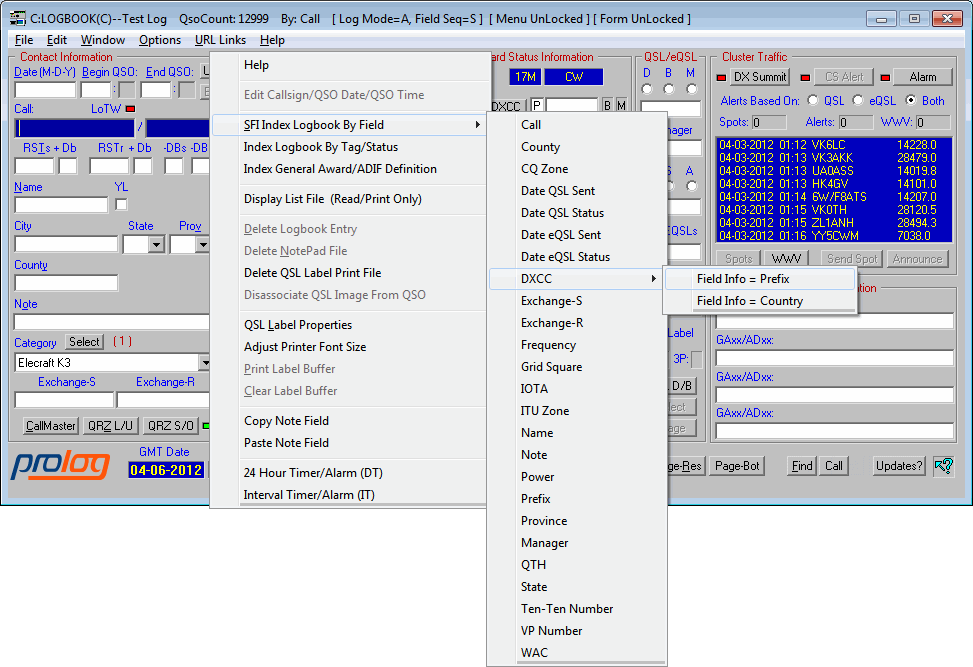Specific Field Indexing
Click on a Topic Link Below for Detailed Information and Screenshots
Specific Field Index Menu

After selecting the indexed field, the SFI Filter form opens. It is from this
form that you select one or more arguments to fulfill your search parameters.
Immediately below this image is a description of each filter panel.
Specific Field Index Filter

Specific Field Index Filter Examples
The following images of the SFI will demonstrate various filter settings to give you a better idea of how it works. Obviously we can't demonstrate every possible filter setting, but you should have a better understanding after reviewing these examples.






SFI Resultant List Operations

![]()
![]()
Contact Information
Tech Support and FAX --
Postal Address -- 5560 Jackson Loop NE -- Rio Rancho, NM 87144
For Comments or Questions, Please Use Our
Contact Form
ProLog |
Order Now |
What's New? |
Products and Services |
Support and FAQ's |
Links
Product Reviews
|
User Feedback |
Downloads |
Contact Us |
Discussion
Forum